-
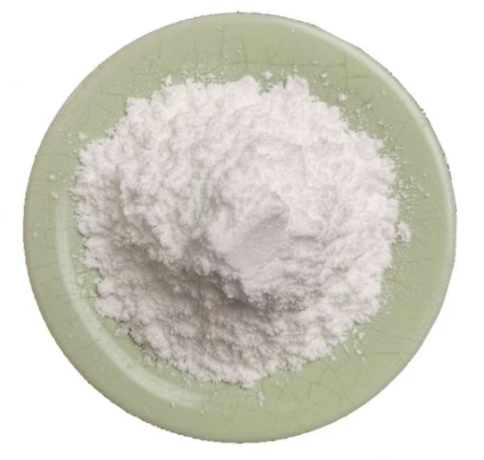
Wortmannin CAS:19545-26-7 Manufacturer Price
Wortmannin is a naturally occurring chemical compound that is commonly used in laboratory research to study various cellular processes. It is a potent inhibitor of phosphoinositide 3-kinase (PI3K), an enzyme involved in various signaling pathways within cells.
By inhibiting PI3K, wortmannin can effectively block the activity of downstream signaling molecules and pathways that rely on PI3K. This allows researchers to investigate the roles that PI3K and its associated pathways play in processes such as cell growth, proliferation, apoptosis, intracellular trafficking, and membrane dynamics.
Wortmannin has been widely used in studies to understand the molecular mechanisms of various diseases, including cancer, inflammation, autoimmune disorders, and neurodegenerative diseases. It can help researchers identify potential therapeutic targets and develop new treatment strategies for these conditions.
-
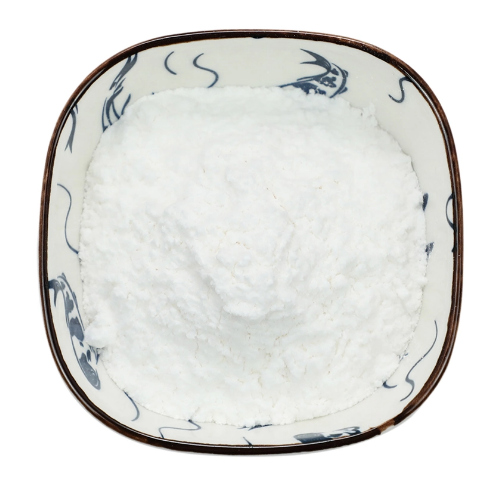
L-Cysteine CAS:52-90-4 Manufacturer Price
L-Cysteine is a non-essential amino acid that plays important roles in the human body. It is involved in protein synthesis, detoxification, and the formation of antioxidants. L-Cysteine also serves as a building block for the production of glutathione, a powerful antioxidant that helps protect cells from damage caused by free radicals. Additionally, L-Cysteine has been used in food and cosmetic industries as a flavor enhancer and dough conditioner. It can be found in certain dietary supplements and natural food sources such as eggs, poultry, and legumes.
-

Mupirocin CAS:12650-69-0 Manufacturer Price
Mupirocin is a topical antibiotic medication used to treat skin infections caused by certain types of bacteria. It is commonly used for conditions like impetigo and other skin infections caused by Staphylococcus aureus or Streptococcus pyogenes bacteria.
-
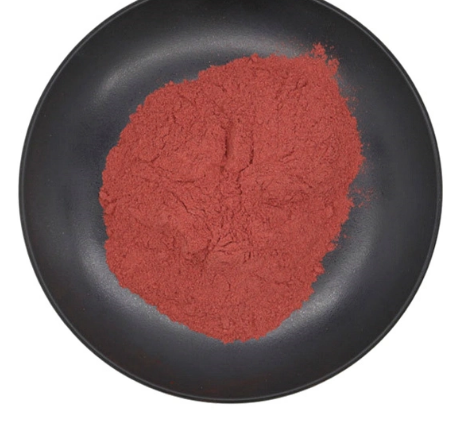
Doxorubicin hydrochloride CAS:25316-40-9
Doxorubicin hydrochloride is a chemotherapy drug that is used to treat various types of cancer. It belongs to a class of medications known as anthracyclines.
Doxorubicin hydrochloride works by inhibiting the growth of cancer cells and disrupting their DNA replication. This helps to prevent the cancer cells from dividing and spreading further. It is effective against a wide range of cancers, including breast cancer, lung cancer, ovarian cancer, and certain types of leukemia.
-

Hemin = Chlorohemin CAS:16009-13-5 Manufacturer Price
Hemin is a complex of iron and protoporphyrin IX that plays a vital role in various biological processes. It is an essential component of hemoglobin, the protein responsible for oxygen transport in red blood cells. Hemin is also involved in the synthesis of other heme-containing proteins, such as myoglobin and cytochromes, that participate in cellular respiration and electron transfer reactions.
-
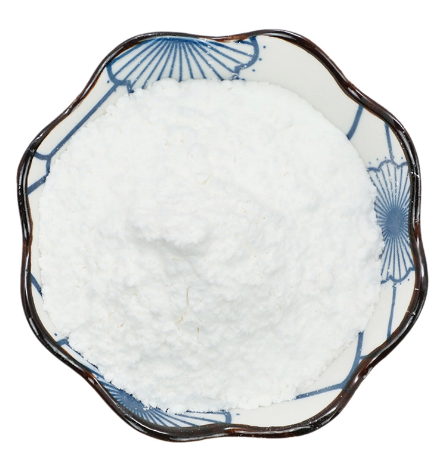
β-Alanine CAS:107-95-9 Manufacturer Price
β-Alanine is a non-essential amino acid commonly found in protein-rich foods like meat and poultry. It plays a crucial role in the production of carnosine, a compound that helps buffer the accumulation of acid in muscles during intense exercise. This buffering effect can delay the onset of fatigue and improve exercise performance, particularly in high-intensity, short-duration activities like weightlifting or sprinting. β-Alanine is commonly used as a supplement by athletes and fitness enthusiasts looking to enhance their performance and increase muscle endurance.
-

Carbenicillin disodium salt CAS:4800-94-6
Carbenicillin disodium salt is a commonly used antibiotic that belongs to the penicillin class of drugs. It has a broad spectrum of activity against both gram-positive and gram-negative bacteria. Carbenicillin disodium salt works by inhibiting the synthesis of bacterial cell walls, leading to the death of the bacteria.
-
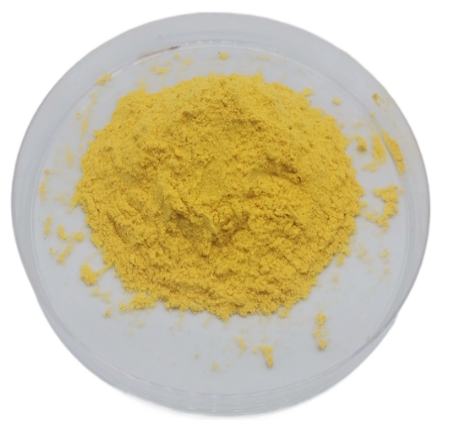
Doxycycline hyclate CAS:24390-14-5 Manufacturer Price
Doxycycline hyclate is a type of antibiotic medication commonly used to treat various bacterial infections. It belongs to the tetracycline antibiotic class and works by inhibiting the growth and spread of bacteria.
Doxycycline hyclate is effective against a wide range of bacterial infections, including respiratory tract infections (such as pneumonia and bronchitis), urinary tract infections, skin infections, eye infections, and certain sexually transmitted infections.It is also used for the prevention of malaria and the treatment of acne and rosacea.
-
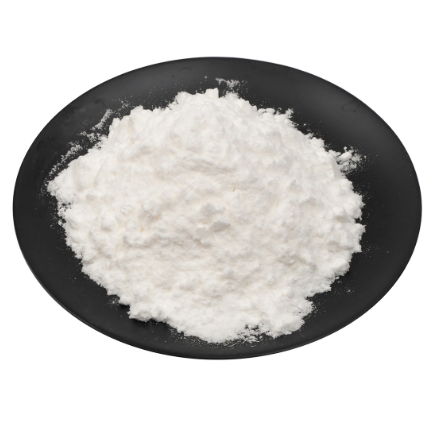
Concanavalin A CAS:11028-71-0 Manufacturer Price
Concanavalin A (Con A) is a lectin, which is a type of protein that can bind specifically to certain sugar molecules. It is derived from the seeds of the jackbean plant (Canavalia ensiformis).
Con A has a high affinity for mannose and glucose sugar residues and can bind to glycoproteins and glycolipids containing these sugars. It forms reversible complexes with these molecules through carbohydrate-protein interactions.
Due to its ability to bind sugars, Con A is commonly used in biological research and diagnostics. It has been widely used as a tool to study glycoproteins, cell surface sugars, and carbohydrate-based interactions. It can be used to isolate and purify glycoproteins by affinity chromatography, as well as to detect and quantify specific sugar moieties on cell surfaces or in complex mixtures.
Con A also has immunomodulatory properties. It can stimulate the activation and proliferation of certain immune cells, such as T lymphocytes, and has been studied for its potential therapeutic applications in immunotherapy and vaccination strategies.
-

Cyclosporin A CAS:59865-13-3 Manufacturer Price
Cyclosporin A, commonly known as cyclosporine or CsA, is a medication used primarily in organ transplant recipients to prevent the rejection of transplanted organs. It is an immunosuppressive drug that works by suppressing the activity of the immune system, specifically T cells, which are responsible for mounting an immune response against foreign substances or transplanted organs.
Cyclosporin A is commonly used in cases of kidney, liver, heart, lung, and pancreas transplants, as well as in some autoimmune diseases like rheumatoid arthritis and psoriasis. By dampening the immune system response and inhibiting the production of certain cytokines, it helps to prevent the destruction of transplanted organs or the progression of certain autoimmune disorders.
-
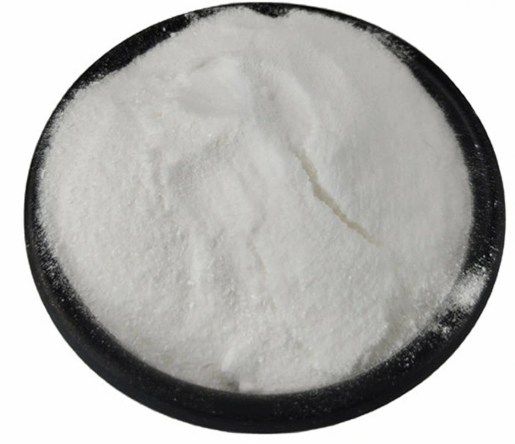
Cytochalasin B CAS:14930-96-2 Manufacturer Price
Cytochalasin B is a natural compound derived from various species of fungi. It belongs to a class of compounds known as cytochalasins, which are known for disrupting the cytoskeleton of cells.
Cytochalasin B specifically acts by inhibiting the polymerization of actin, a protein involved in cell structure and movement. By interfering with actin, cytochalasin B disrupts processes such as cell division, cell motility, and endocytosis.
Due to its ability to disrupt the cytoskeleton, cytochalasin B has applications in cell biology research. It is commonly used to study actin dynamics and its role in various cellular processes. It can also be used as a tool to investigate cell shape changes and membrane fusion events.
-
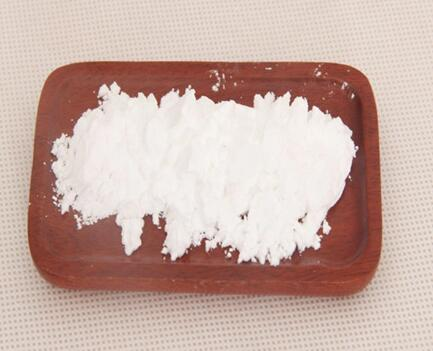
Cytochrome C CAS:9007-43-6 Manufacturer Price
Cytochrome C is a small heme protein that plays a vital role in cellular respiration. It is found in the mitochondria, where it shuttles electrons between complexes III and IV of the electron transport chain. This electron transfer process is essential for the production of ATP, the energy currency of the cell. Additionally, cytochrome C has been implicated in various other cellular functions, including apoptosis regulation and the maintenance of redox balance. Its structure and function make it a crucial component of mitochondrial function and overall cell health.

